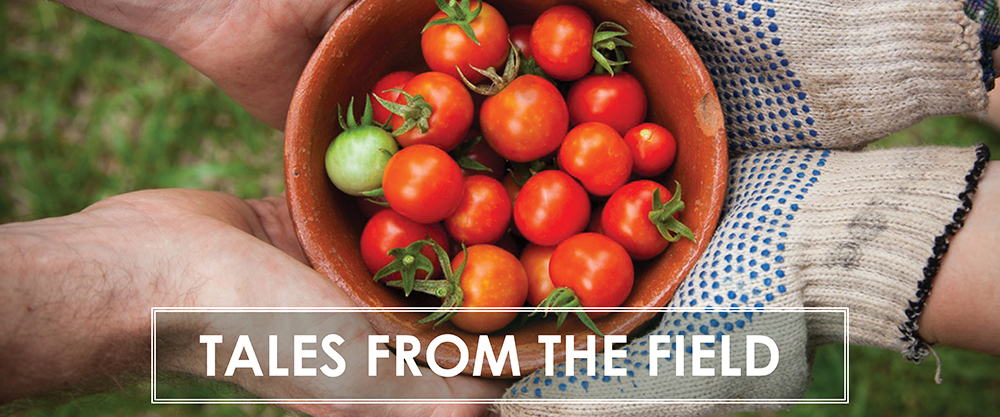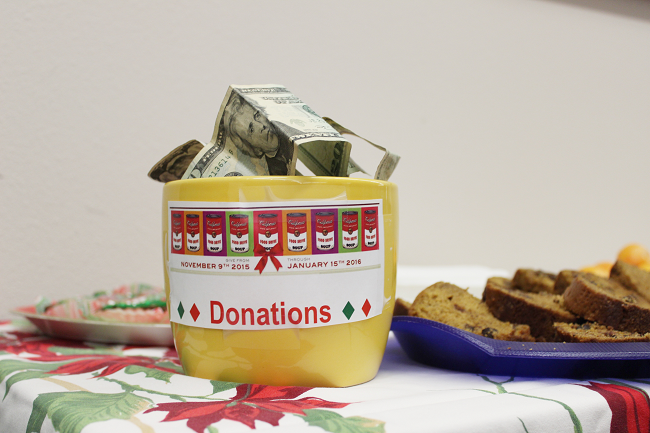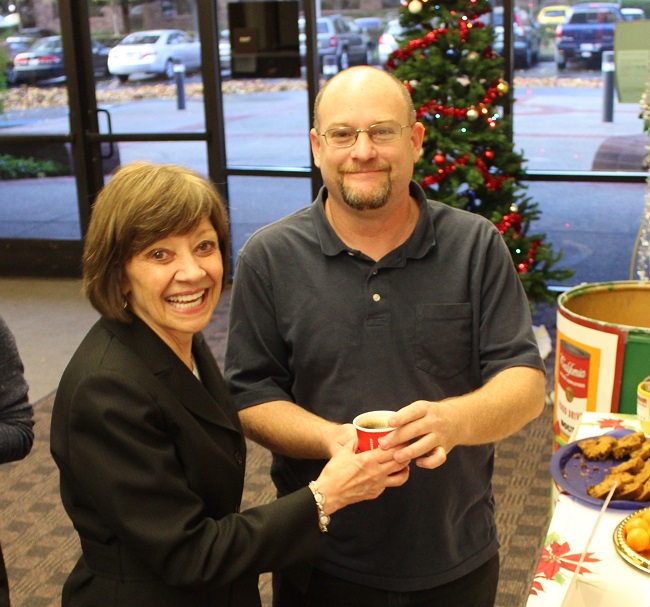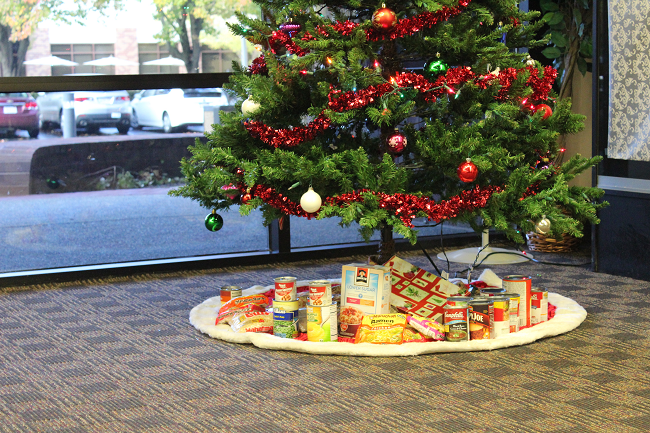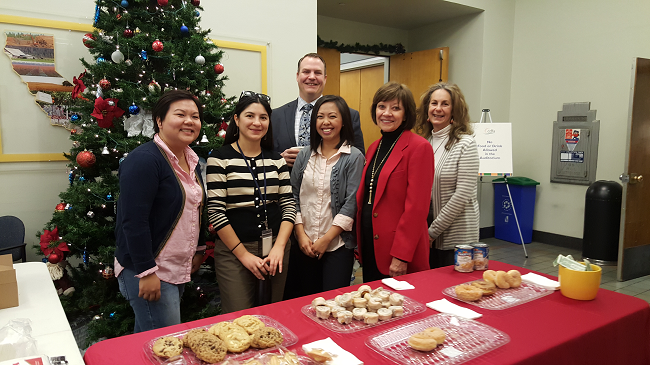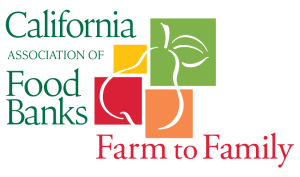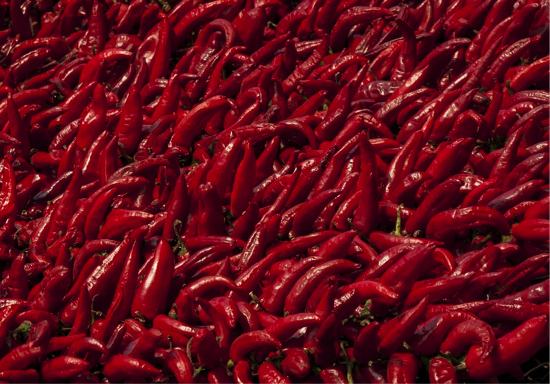By Anna-Ruth Crittenden, Farm to Mouth Program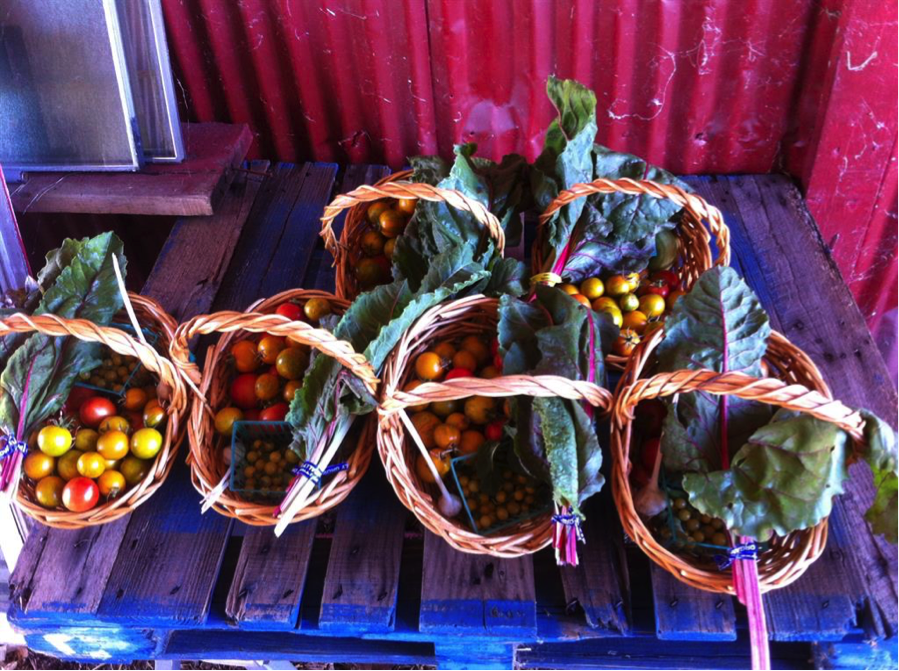
Farm-to-Mouth has continued to reach out to the community by making multiple donations of specialty crops to the Food Bank and holding another Farm Stand out at the Farmhouse. We also reached out to the California Farm Academy to recruit volunteers to help out on the farm. On a volunteer day in which we were working in the garden and building a greenhouse, five members of the Farm Academy came out. Volunteers did a variety of tasks including: planting flowers next to the Farm Stand, cutting wood for the greenhouse, building pathways, and planting corn. It was great to connect the Farm Academy to the Farmhouse for a day and was a positive experience for all who came out. We also consulted with one of the Farm Academy teachers about the Farm-to-Mouth garden and received advice, tips, and pointers for helpful resources in the community.
As the garden continued to produce peppers, tomatoes, okra and popcorn, we worked as efficiently as possible to harvest and deliver the crops to customers, the Food Bank, residents of the Farmhouse, members of St. Martin’s church, and of course the kitchens of the Farm-to-Mouth employees. Throughout September, we also alternated holding the Farm Stand, and donating harvested produce to the Food Bank in Woodland. There are some Farm-to-Mouth employees who are regular customers at the Food Bank, visiting early every Friday morning to collect groceries for the week. I asked them to deliver some of our produce and they enthusiastically agreed. For them, it was a great feeling to give back to the Food Bank for the first time as someone donating to others, rather than receiving donations. This was a ‘full-circle’ moment for me, realizing how empowering it is for folks who are customers of the food bank to become contributors by providing fresh quality produce to the community.
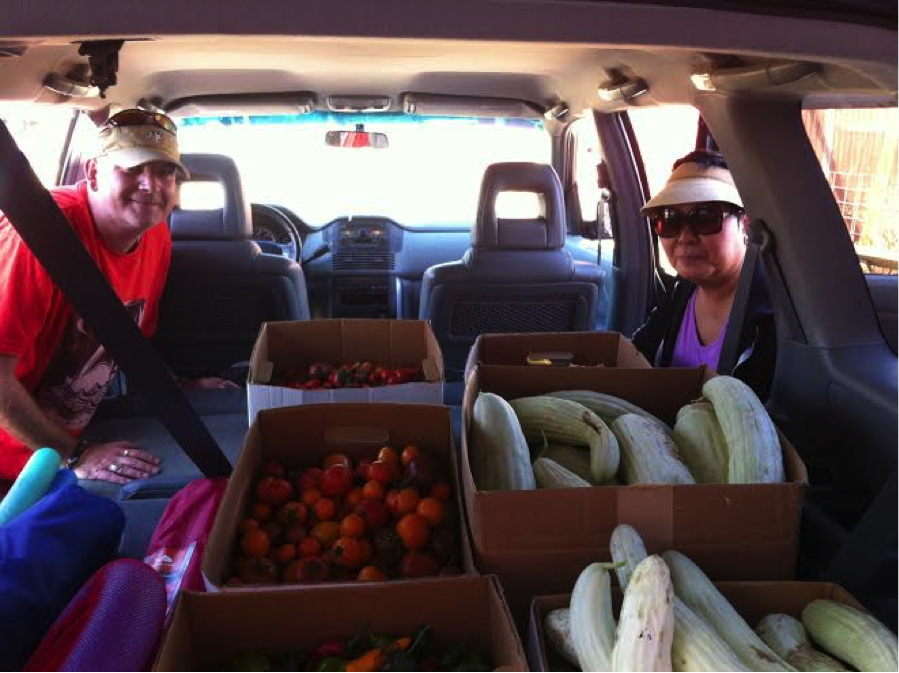
David Lewis and Kum Sun, two F2M employees, with their car loaded up with produce picked that morning. They are on their way to the food bank and excited to deliver this produce. (Sept 2015)
Our Farm Stand event on September 14th brought out some new and returning customers. Outreach for the event included an email to our growing listserv, as well as a short announcement in the Davis Enterprise. Quite a few of our new customers found out about us through this newspaper announcement. Farm-to-Mouth has also been featured in various articles and community newsletters, with word of our farm project that employs people with mental illness steadily gaining awareness in the community.
Through these events Farm-to-Mouth has creatively showed how growing a beautiful tomato is more than meets the eye – it is about how the act of working on the farm really impacts people lives and gives meaning and purpose to what they are doing.
***This post is part of our series of “Tales from the Specialty Crop Ambassadors” – blog posts written by farmers working with the Center for Land-Based Learning in Winters, CA. The Specialty Crop Ambassadors are spearheading projects that support consumption, education, and access to California specialty crops.***
